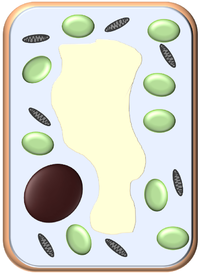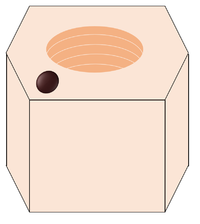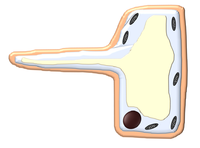Difference between revisions of "Specialised Plant Cell"
(→Examples) |
|||
| Line 19: | Line 19: | ||
|- | |- | ||
| style="height:20px; width:200px; text-align:center;" |'''[[Palisade Cell]]''' | | style="height:20px; width:200px; text-align:center;" |'''[[Palisade Cell]]''' | ||
| − | | style="height:20px; width:200px; text-align:center;" |'''[[Spongy | + | | style="height:20px; width:200px; text-align:center;" |'''[[Spongy Mesophyll Cell]]''' |
| style="height:20px; width:200px; text-align:center;" |'''[[Guard Cell]]s''' | | style="height:20px; width:200px; text-align:center;" |'''[[Guard Cell]]s''' | ||
|- | |- | ||
Revision as of 18:41, 7 April 2019
Key Stage 4
Meaning
Specialised Plant Cells are cells in plants that are adapted for a specific function.
About Specialised Plant Cells
- Multicellular organisms need specialised cells to perform certain functions for that organism.
- Specialised cells make an organism more efficient than if every cell was the same.
- Specialised cells has special adaptations that make them good at their function.
- Cells can be specialised by having more mitochondria or chloroplasts than usual or may have an elongated shape.
These are some specialised cells in plants that you should know:
Examples
| Palisade Cell | Spongy Mesophyll Cell | Guard Cells |
| Xylem Cell | Root Hair Cell | |




